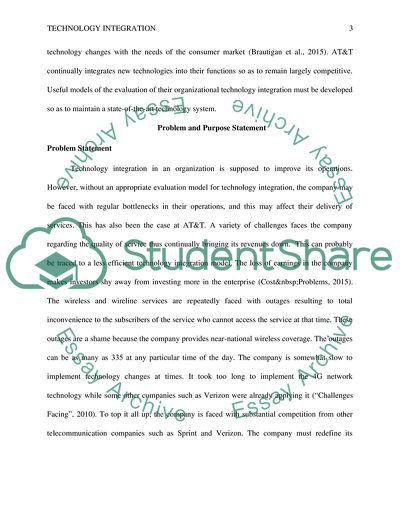Cite this document
(Organizational Technology Integration Evaluation Model - AT&T, Inc Case Study, n.d.)
Organizational Technology Integration Evaluation Model - AT&T, Inc Case Study. Retrieved from https://studentshare.org/technology/1880624-organizational-technology-integration-evaluation-model
Organizational Technology Integration Evaluation Model - AT&T, Inc Case Study. Retrieved from https://studentshare.org/technology/1880624-organizational-technology-integration-evaluation-model
(Organizational Technology Integration Evaluation Model - AT&T, Inc Case Study)
Organizational Technology Integration Evaluation Model - AT&T, Inc Case Study. https://studentshare.org/technology/1880624-organizational-technology-integration-evaluation-model.
Organizational Technology Integration Evaluation Model - AT&T, Inc Case Study. https://studentshare.org/technology/1880624-organizational-technology-integration-evaluation-model.
“Organizational Technology Integration Evaluation Model - AT&T, Inc Case Study”. https://studentshare.org/technology/1880624-organizational-technology-integration-evaluation-model.


